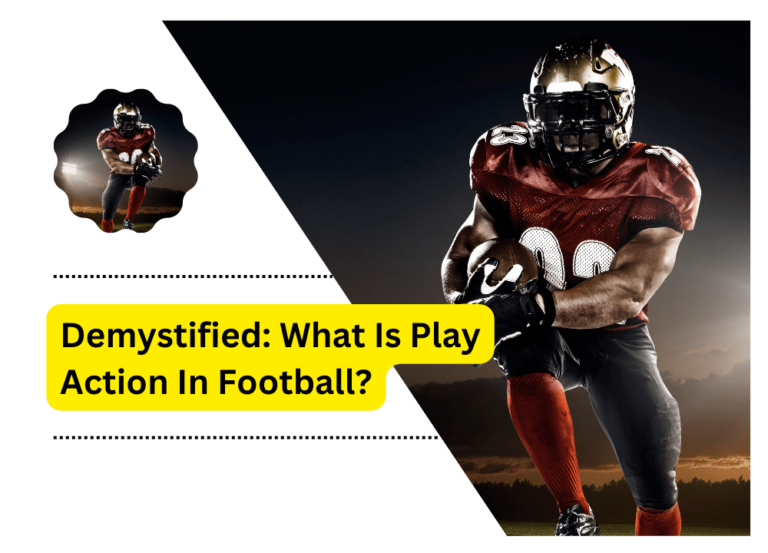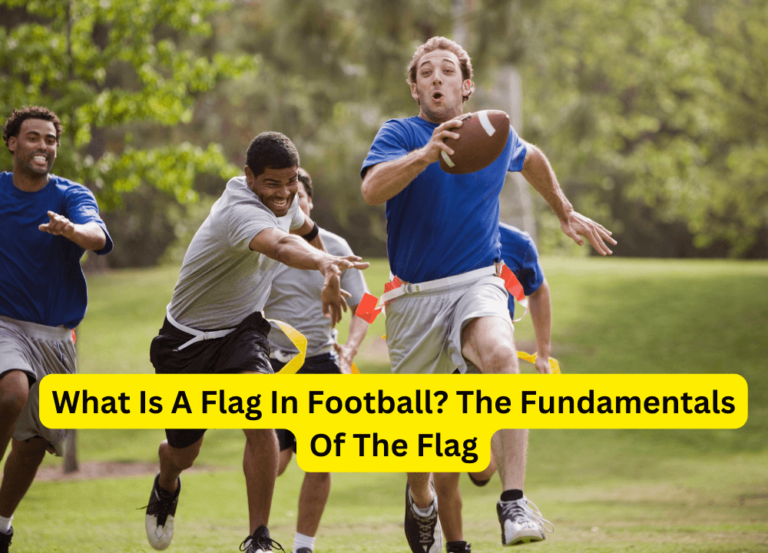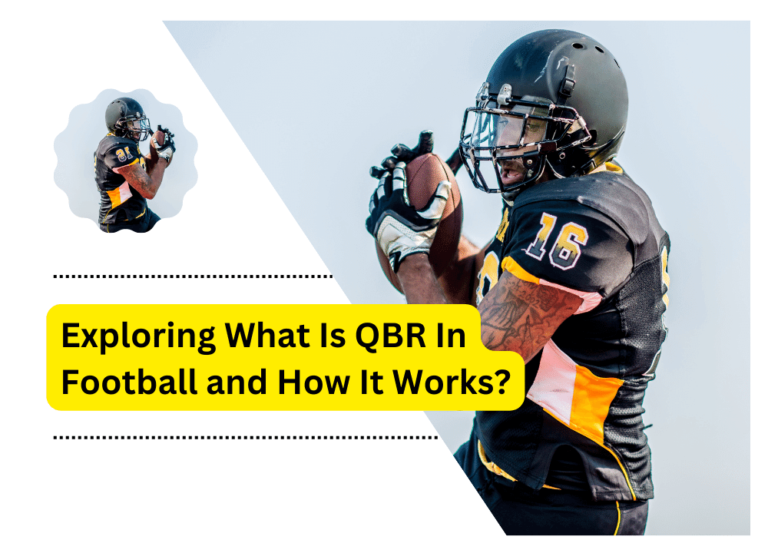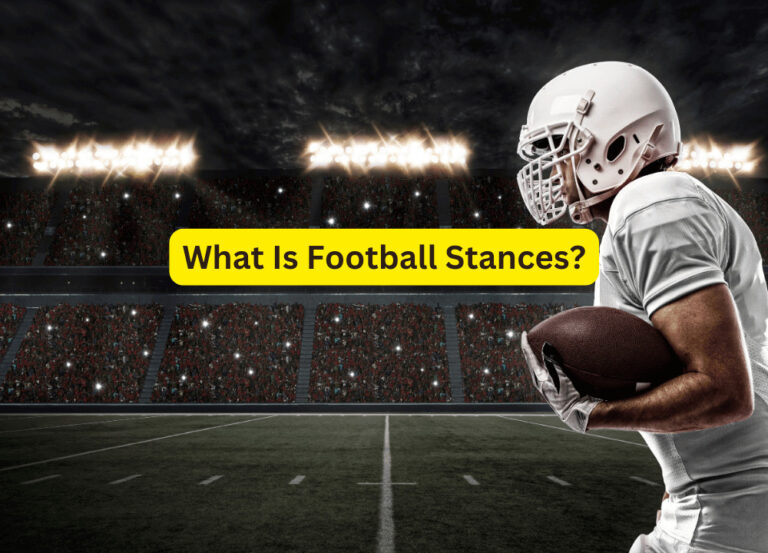What Is A False Start In Football? The Ultimate Rules Guide
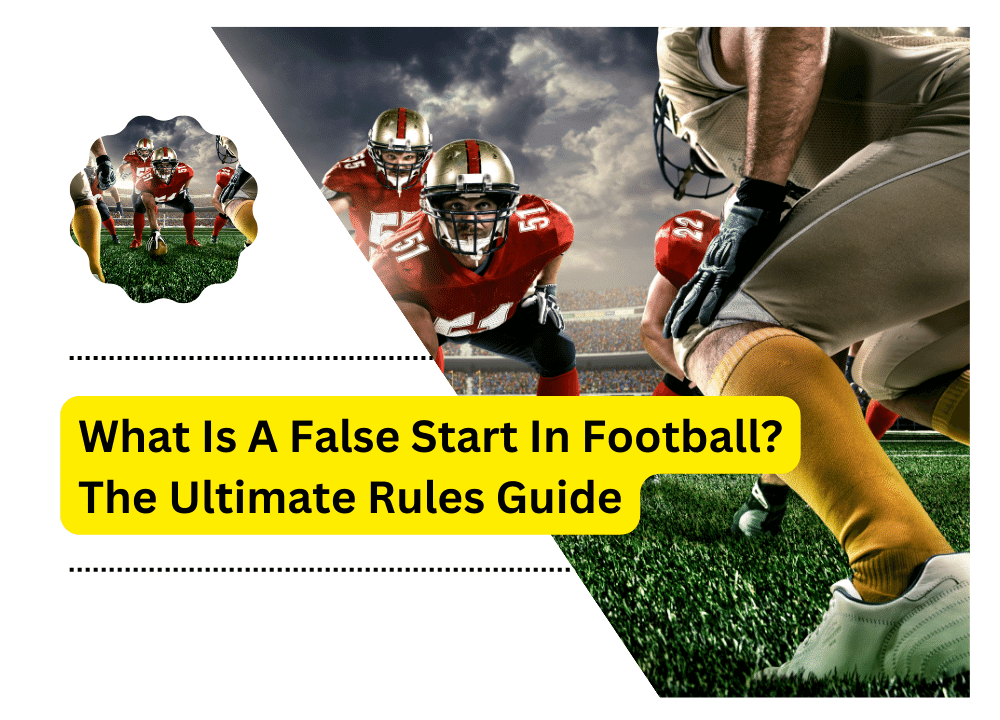
In football, false starts occur when a player moves before snapping the ball. Knowing the wrong start rules is crucial for coaches and players. And referees to prevent penalties and lost points for their team.
This article will discuss what is a false start in football. Their associated fines, and how to avoid them. We’ll also provide a few examples of false starts so you can better understand the rules. With this guide, you can ensure that your team plays fair and avoids costly penalties.
What is a false start?
A false start occurs when an offensive player moves before the ball snaps. This can include any movement, such as jumping, shifting positions, or flinching. A false start equals a penalty for the offending team.
Penalties associated with false starts
The penalty for a false start is five yards and a loss of down. This means the false-started team will lose five yards of field position. And have to snap the ball on the same set of downs. A new snap on third down could impact their ability to move the chains.
How to avoid false starts
Stay focused on the ball and avoid moving until it’s snapped to prevent false starts. Coaches should also emphasize this point during practices. Players can better recognize when they are in danger of a false start penalty.
Additionally, referees should call a false start as soon as they see it. Interpreting a false start is possible with the slightest movement.
Examples of False Starts
A quarterback can get a false start penalty for moving before the snap, especially if the offensive line shifts. The referee signals a false start penalty by holding the hand and arm straight out, with the arm pointing.
False start football signal
The official referee signal for a false start penalty is the hand and arm held straight out, with the arm pointing toward the line of scrimmage. The offending movement often irritates the self, causing shuffling.
False Start Examples
The quarterback may incur a false start penalty. The wide receiver’s flip is another example. The quarterback can cause a fumble by tackling the player with force or intercepting their jump.
The quarterback can also receive a false start penalty if they commit a false start themselves. Before snapping the ball, any movement on the part of the players is a false start. A false start in football occurs when an offensive player moves before the snap.
What is a false start in football rules?
What is a false start in football? The referee will penalize the offending team with a five-yard penalty for a false start. This can include any movement, such as jumping, shifting positions, or flinching. If a player makes any motion that the officials deem a false start.
They will call it and penalize the offending team with a five-yard penalty and loss of down. Teams need to understand the rules and regulations of false starts. To avoid costly penalties that would hurt their chances of winning.
False Start in Athletics’ New Rule
The International Association of Athletics Federations recently implemented a new rule. If an athlete false starts in the 100m sprint, this rule will disqualify them. Many consider this penalty to be quite severe. Its introduction aimed to reduce false starts and ensure fair competition among athletes.
This new rule applies to all international athletics events. So athletes need to understand the rules and regulations of false starting to avoid costly penalties.
What are some ways for players to react well to false starts?
Players should remain calm and focused when faced with a false start penalty. They should not take it or get angry at the officials, which could result in further penalties. Instead, they should take a few deep breaths and focus on the next play.
Coaches should also talk to their team about false start situations before games. This enables players to expect outcomes and react when referees call penalties. This can help ensure that teams are better prepared for false starts and can avoid costly penalties.
Teams can also enjoy practicing scenarios where they encounter false start calls. This will help players get used to these situations and be better prepared for them in the future. Coaches should also emphasize the importance of discipline. And paying attention when getting ready for the snap.
This can help players avoid false start penalties. Armed with these tips, teams can uphold fairness and capitalize on opportunities. This allows them to avoid the setbacks of costly fines.
FAQs
A: By utilizing these tips, teams can uphold fairness while capitalizing on opportunities. This proactive approach helps them evade costly penalty drawbacks.
A: Yes, it is possible. If an offensive player takes too long to get set or shows signs that a snap is imminent. The referee can call a false start penalty.
A: Yes, sometimes. If an offensive player shifts after the expected snap but before it happens, referees can penalize them.
A: If referees call a false start penalty, a play still unfolds. The officials will review it to determine if it should stand.
A: An offensive team can receive a false start penalty if they are still huddled when the snap occurs.
Final Thought
What is a false start in football? False starts can be costly penalties in football, leading to your team giving up yards and downs. It’s essential to understand what is a false start to avoid them. Coaches and players need to maintain discipline and stay attentive to the ball. At the same time, referees should call a false start as soon as they see it. This guide ensures your team can avoid costly errors due to false starts.


